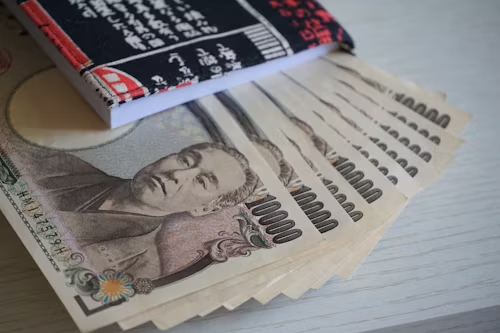As the U.S. government shutdown enters its third week, the economy is in an estimated $15 billion deficit per week, according to Treasury Secretary Scott Bessent. To maintain critical services during the impasse, President Trump signed an executive order directing the Pentagon to use "any funds appropriated by Congress" remaining from Fiscal Year 2026 to ensure 1.3 million active-duty military personnel receive their paychecks, addressing one of the most politically sensitive aspects of the shutdown. The administration has also repurposed $8 billion in military research and development funds for military payroll and is using tariff revenue to sustain the WIC anti-hunger programme for women, infants, and children. However, these stopgap measures may face legal challenges as experts question whether the administration is violating laws governing how and when the executive branch can redirect congressionally approved funding, while the shutdown continues to cause nationwide flight delays, IRS closures, and disruptions to federal services.
EQUITY
Strong bank earnings from name brands Morgan Stanley and Bank of America gained over 4% post-earnings, lifting the S&P 500 by 0.4% and the Nasdaq by 0.7%. Big banks collectively earned $41 billion last quarter, up 19% year-over-year, with a boost in trading revenue due to heightened volatility. AMD topped the chart after a new Oracle partnership and a BlackRock-led group announced a $40 billion data centre acquisition.
GOLD
Gold shot past $4,200 to a high of $4,242 before showing signs of decline, though solid fundamentals continue. U.S.–China tensions, Fed rate-cut optimism, and a broader shift toward asset preservation motivated central banks and investors to seek safety from inflation, sanctions, and debt risks. According to the World Gold Council, this is a structural shift rather than a short-term haven play, with record ETF inflows and strong physical delivery demand.
OIL
Crude oil was steady even after Donald Trump guaranteed that India would cease importing oil from Russia, a form of indirect sanction that could tighten global supply. Although New Delhi has yet to verify the claim, industry sources indicate Indian refiners may be winding down Russian purchases. The news limited the price decline, which had fallen to multi-month lows due to trade friction, lower demand worldwide, and projections of a growing oil surplus next year.
CURRENCY
The U.S. dollar fell on growing bets on cut rates earlier in October, compounded by escalating Sino-U.S. trade tensions. The Australian dollar lagged after weak labour data supported a November RBA rate cut, while the yuan rose to a two-week high following the People's Bank of China's strongest daily midpoint in a year. Having reached a temporary trade truce, friction over rare earth exports and tariffs continues to weigh on sentiment.














